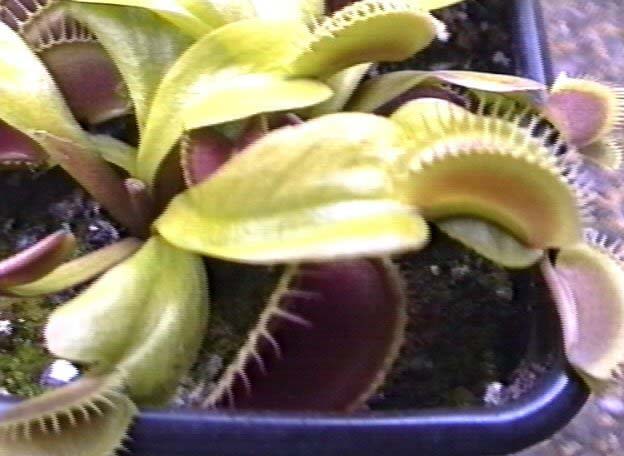By Corey Degner
The Venus Fly Trap, or scientifically Dionaea Muscpula, is a very interesting plant. It is one of the few carnivorous plants in the world, but probably the most well-known and easily recognizable of the carnivorous plants. The plant normally grows from a rhizome, but I am going to help you learn how to propagate this plant by other means.http://www.carnivorousplantsuk.co.uk
The Venus Fly Trap is one of the few plants gifted with the ability to move. This is how it catches it's prey. Insects are attracted to the sweet-smelling inside of the plant. Then, when the insect lands, it may touch two of the hairs surrounding the trap. Once two of those hairs touch each other, the trap closes up and has itself a tasty meal.
Propagation of the Venus Fly Trap can be done by several different ways. It can be done by division, leaf cuttings and seed. For division, the plants are best divided in Late winter to early summer. Offshoots are cut off the original plant, but one must make sure tht the piece to be cut off has its own root system. For leaf cuttings, it should be done in the early summer. For this, you peel the leaves off the rhizome, and place in a sand/peat mix. Cover with a plastic bag to promote humidity. It usually takes about two years to produce a mature plant. For seed propagation, the seeds are spread on a sand/peat mix. Germination takes a few weeks and plants can be transplanted after a year.
The Venus Fly Trap is a very interesting plant and is a great addition to any household. Propagation by any other means than seed is a great way to produce Venus Fly Traps with very little cost involved. Venus Fly Traps are easily propagated although they may take some patience, but it is well worth the wait.
